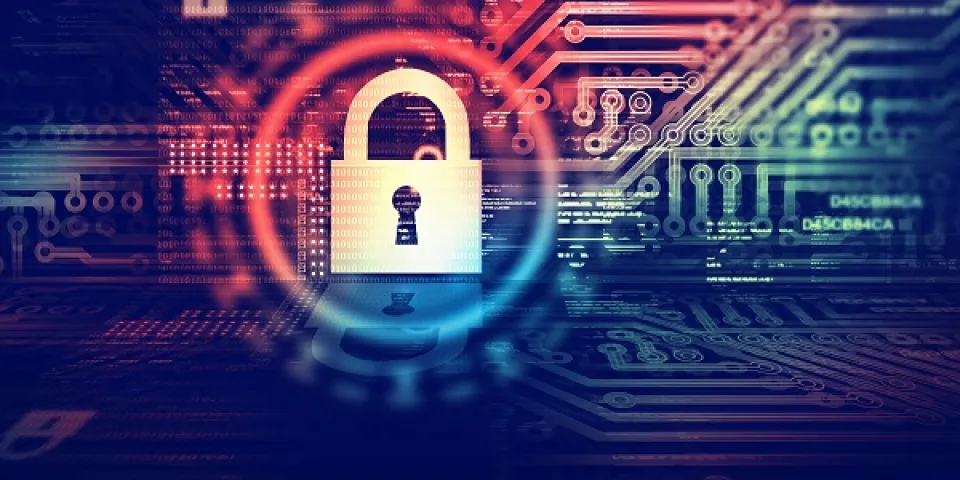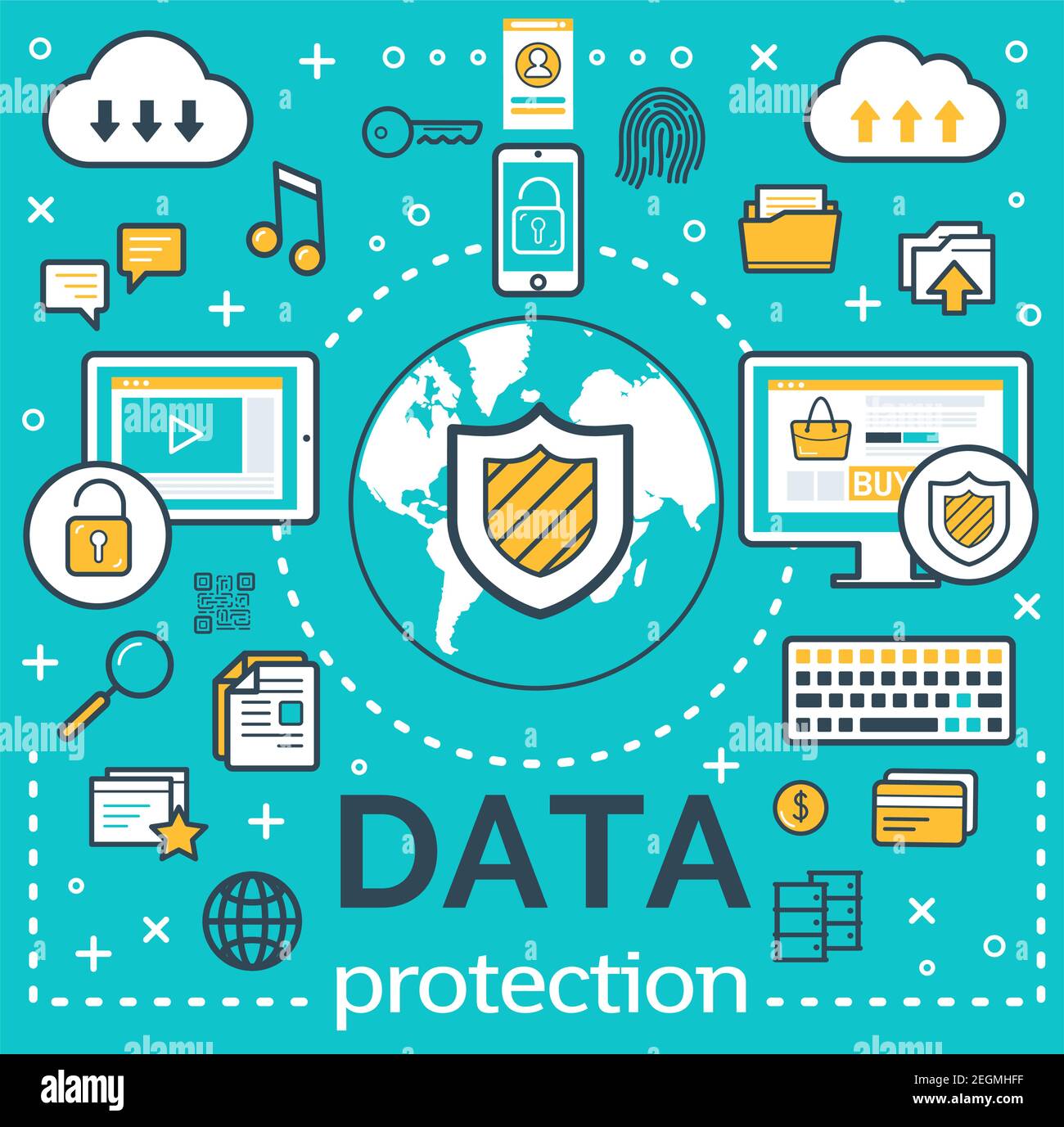How Data and Network Protection Shields Versus Emerging Cyber Threats
In an era noted by the quick development of cyber hazards, the significance of information and network security has never ever been more noticable. As these hazards become a lot more complex, comprehending the interaction between information protection and network defenses is vital for minimizing risks.
Comprehending Cyber Hazards

The ever-evolving nature of modern technology consistently introduces brand-new vulnerabilities, making it critical for stakeholders to stay watchful. People may unwittingly come down with social design tactics, where enemies manipulate them into disclosing sensitive info. Organizations face one-of-a-kind challenges, as cybercriminals commonly target them to manipulate important data or interfere with operations.
Furthermore, the increase of the Net of Things (IoT) has broadened the strike surface, as interconnected gadgets can act as entrance factors for opponents. Recognizing the relevance of durable cybersecurity techniques is essential for alleviating these threats. By cultivating a comprehensive understanding of cyber people, companies and hazards can implement effective strategies to protect their electronic assets, guaranteeing durability when faced with a progressively complicated risk landscape.
Secret Components of Data Safety
Making sure data safety and security requires a multifaceted approach that incorporates numerous essential elements. One fundamental element is information file encryption, which transforms sensitive details right into an unreadable style, available only to accredited individuals with the suitable decryption keys. This works as a crucial line of protection versus unauthorized accessibility.
An additional important component is accessibility control, which controls who can watch or adjust data. By implementing strict individual authentication methods and role-based gain access to controls, organizations can minimize the risk of expert dangers and information breaches.

Furthermore, data concealing methods can be utilized to safeguard sensitive information while still allowing for its use in non-production environments, such as testing and growth. fft perimeter intrusion solutions.
Network Protection Approaches
Applying durable network safety strategies is important for securing an organization's electronic infrastructure. These approaches involve a multi-layered strategy that consists of both hardware and software remedies created to safeguard the honesty, privacy, and availability of information.
One important element of network security is the release of firewall softwares, which work as an obstacle between relied on internal networks and untrusted exterior networks. Firewall softwares can be hardware-based, software-based, or a mix of both, and they assist filter outgoing and incoming traffic based on predefined security policies.
Additionally, invasion discovery check over here and prevention systems (IDPS) play an essential role in checking network web traffic for dubious activities. These systems can inform administrators to prospective violations and act to alleviate threats in real-time. Frequently upgrading and patching software is likewise critical, as vulnerabilities can be made use of by cybercriminals.
In addition, executing Virtual Private Networks (VPNs) makes sure safe and secure remote access, encrypting information sent over public networks. Lastly, segmenting networks can decrease the assault surface area and have potential breaches, limiting their influence on the total infrastructure. By embracing these methods, companies can properly strengthen their networks versus arising cyber hazards.
Ideal Practices for Organizations
Establishing best practices for organizations is crucial in maintaining a strong security posture. An extensive method to data and network security begins with normal threat analyses to determine vulnerabilities and prospective threats. Organizations should implement durable accessibility controls, making sure that just licensed personnel can access delicate information and systems. Multi-factor authentication (MFA) must be a standard requirement to improve safety layers.
Furthermore, continuous staff member training and understanding programs are important. Staff members ought to be educated on acknowledging phishing attempts, social design tactics, and the relevance of adhering to protection procedures. Routine updates and spot administration for software program and systems are likewise essential to safeguard versus known susceptabilities.
Organizations must check and create event feedback plans to make sure readiness for potential violations. This consists of establishing clear interaction networks and roles during a security event. Data file encryption need to be employed both at rest and in transit to guard get more delicate information.
Finally, carrying out routine audits and conformity checks will help make sure adherence to well-known plans and relevant regulations - fft perimeter intrusion solutions. By adhering to these best practices, organizations can substantially boost their strength versus emerging cyber threats and safeguard their vital possessions
Future Trends in Cybersecurity
As the original source companies navigate a progressively complicated electronic landscape, the future of cybersecurity is poised to develop substantially, driven by moving and emerging innovations danger paradigms. One popular pattern is the integration of expert system (AI) and artificial intelligence (ML) into security frameworks, permitting real-time risk detection and response automation. These modern technologies can assess substantial quantities of information to determine anomalies and potential breaches more successfully than typical techniques.
An additional critical pattern is the rise of zero-trust style, which requires constant verification of user identifications and gadget security, no matter of their place. This method decreases the danger of insider hazards and improves protection versus external strikes.
Additionally, the increasing fostering of cloud services demands robust cloud protection techniques that address special vulnerabilities linked with cloud environments. As remote job comes to be a permanent component, securing endpoints will certainly additionally end up being extremely important, causing a raised focus on endpoint discovery and response (EDR) options.
Lastly, regulative compliance will certainly remain to shape cybersecurity techniques, pressing organizations to embrace more strict information protection steps. Welcoming these trends will be necessary for organizations to fortify their defenses and browse the advancing landscape of cyber threats successfully.
Verdict
In verdict, the implementation of robust data and network security steps is vital for companies to secure versus arising cyber dangers. By using file encryption, gain access to control, and efficient network safety methods, companies can substantially minimize susceptabilities and secure sensitive info. Embracing best practices even more enhances resilience, preparing companies to encounter progressing cyber obstacles. As cybersecurity remains to advance, remaining notified regarding future patterns will be crucial in maintaining a solid protection against potential hazards.
In an era noted by the fast evolution of cyber hazards, the value of data and network safety has never ever been a lot more obvious. As these hazards end up being more intricate, understanding the interaction between data security and network defenses is necessary for reducing threats. Cyber threats include a wide variety of destructive activities aimed at endangering the confidentiality, stability, and schedule of data and networks. A thorough method to information and network security begins with routine threat assessments to determine susceptabilities and possible risks.In final thought, the execution of robust data and network safety and security measures is vital for companies to guard against emerging cyber risks.
 Michelle Pfeiffer Then & Now!
Michelle Pfeiffer Then & Now! Patrick Renna Then & Now!
Patrick Renna Then & Now! Sydney Simpson Then & Now!
Sydney Simpson Then & Now! Pauley Perrette Then & Now!
Pauley Perrette Then & Now! McKayla Maroney Then & Now!
McKayla Maroney Then & Now!